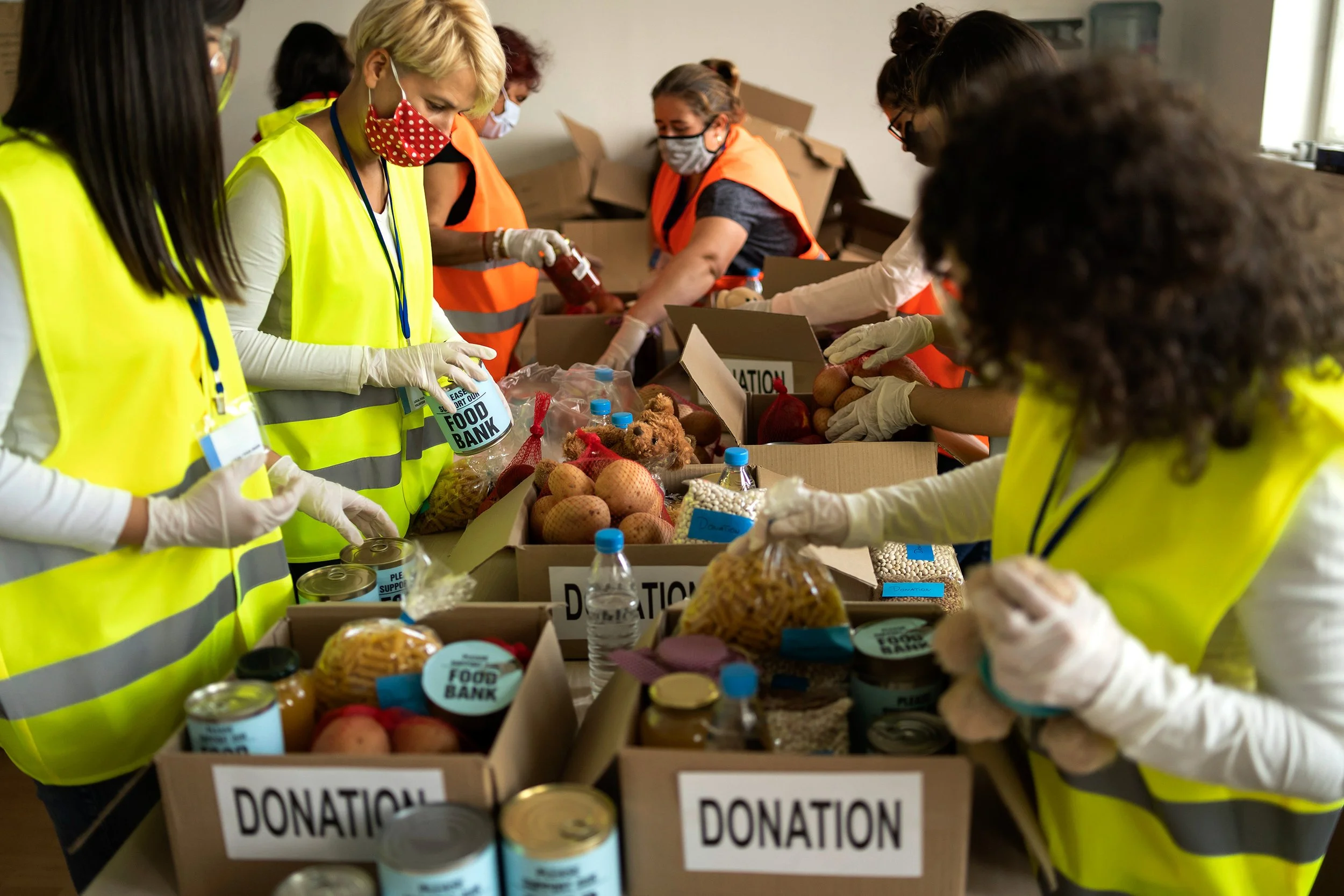Eat, Save, Repeat
Corporate Social Responsibility
Tackling Food Waste
Savoring Sustainability
Picture this: A bustling kitchen filled with tantalizing aromas, sizzling pans, and a symphony of chopping and stirring. But amidst this beautiful culinary chaos lies a silent culprit lurking in the shadows of the cutting boards and trash cans: food waste.
Food loss and waste constitute approximately one-third of the food intended for human consumption in the United States. When food is discarded, all the resources used in its production, processing, transportation, preparation, and storage are also wasted. This exacerbates the climate change crisis and greenhouse gas (GHG) footprint. When food ends up in landfills, it produces methane—an even more potent greenhouse gas.
Food waste not only has a negative impact on the environment, but it also means the resources required to produce the food were wasted, the money spent was wasted, and not to mention it does not help alleviate the issue of hunger and food insecurity in our communities.
By reimagining our relationship with food and implementing innovative solutions, we can turn food waste into a catalyst for sustainability, creating a more resilient and equitable food system for everyone. Let’s take a tastefully enlightening look at some of the different ways to flip the script on food waste and practice sustainability.
Knowledge is Power
Arming communities with knowledge about food labels is our first step to battling food waste. Paying attention to labels will help with understanding the difference between “sell by,” “use by,” and “best by” dates. Often, food is still safe to eat beyond these dates. Encouraging people to shop according to the estimated life of the ingredients, will help them avoid overbuying perishables that might go to waste.
Composting
Composting reduces landfill waste and enriches soil. Instead of throwing your food scraps in the trash and allowing them to rot away in a landfill, turn them into nutrient-rich soil! A community garden powered by compost is a great way to repurpose food waste from households while providing fresh produce and rich agriculture. Think of composting as giving your food scraps a second chance to shine. They will become the life of the party, mingling with microorganisms, and eventually turning into black gold for your garden.
Image Credit Goes Here
Donating
It is important to be aware of the individuals in your community with unmet nutritional needs. Partnering, sponsoring, or even opening a local food bank is a great way to support the families that are negatively impacted by food disparities. Many local food banks and shelters accept donations of non-perishable and fresh foods. Encouraging those who may have surplus food items to consider donating to the food bank, will make sure everyone in your community has access.
Check out Feeding America’s Food Bank Locator to find one near you that your organization could partner with or sponsor. Some neighborhoods have community fridges where anyone can donate or take food. Invest in these grassroots initiatives to help reduce food waste and address food insecurity.
The U.S. Department of Agriculture (USDA) has a program called Food Loss and Waste 2030 Champions. These are businesses, organizations, and individuals like you, committed to reducing food waste. You can join too!
Whether you’re a student, a business owner, or a concerned citizen, you can make a difference. Advocate for food waste reduction policies, organize awareness campaigns, or volunteer with local organizations.
Image Credit Goes Here
Together, these practices are just a few ways to contribute to a more sustainable food system, conserving resources and reducing our environmental footprint.
We can continue to embrace these actions and pave the way for a healthier, more sustainable future. Once we all learn to savor sustainability, we can act and become part of the solution.
As a business addressing food access challenges in the U.S., we recognize that food loss and waste account for approximately one-third of the food intended for human consumption. This wastage not only impacts hunger but also exacerbates environmental issues, including greenhouse gas emissions. By reducing food waste, we can enhance food security, promote sustainability, and contribute to a healthier planet.
About the Author
Gabe joined Hollin Wright Enterprises as an Associate Project Manager to bolster the firm’s event management. His role entails designing, planning, and creating content for the firm’s aspirational work, building sustainable communities through healthy food access, placemaking, and the arts.
References:
Educating Youth About Wasted Food | US EPA
Reduce Food Waste by Composting - Green Living Toolkit
Sustainability Recommendations and Practices in School Feeding: A Systematic Review - PMC (nih.gov)
Food Waste and its Links to Greenhouse Gases and Climate Change | USDA
The Waste Problem - Environmental Challenges - Mindful Waste







